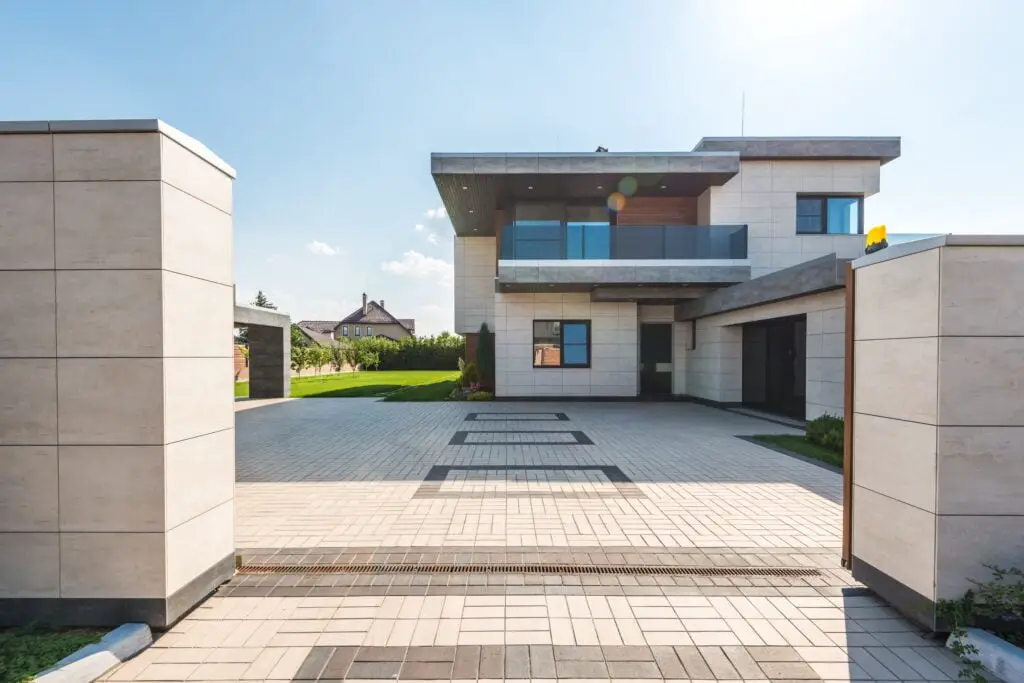Building a house in the Philippines can be a daunting task, especially for first-time homeowners. From selecting a location to designing and constructing the house, there are many factors to consider.
In this article, we will provide a comprehensive guide to building houses in the Philippines, covering everything from site selection to construction materials and building regulations.
Site Selection
Selecting the right site is critical when building a house in the Philippines. Factors to consider include accessibility, proximity to schools, shopping centers, and medical facilities, as well as the cost of the land. It is also important to consider the soil quality, flood risk, and other environmental factors that can affect the stability and safety of the house.
Design and Planning
Design and planning are crucial stages in building a house in the Philippines. A well-designed house not only looks good but also meets the needs of the family and the local climate. It is important to work with a reputable architect or designer who understands the local building codes and regulations. It is also important to consider the layout and orientation of the house, as well as the materials and technologies that will be used.
Construction Materials
The choice of construction materials is an important factor when building a house in the Philippines. Common materials used in the Philippines include concrete, wood, and steel. Concrete is a popular choice because of its strength and durability, while wood is often used for its natural beauty and versatility. Steel is used for its strength and resistance to typhoons and earthquakes.
Building Regulations
Building regulations in the Philippines are governed by the National Building Code, which sets the minimum standards for building construction and safety. It is important to ensure that the design and construction of the house comply with these regulations. Failure to comply with building regulations can result in fines, delays, and even the demolition of the house.
Financing and Budgeting
Building a house in the Philippines requires a significant investment, and it is important to have a clear understanding of the financing and budgeting requirements. This includes determining the total cost of the project, including the cost of the land, design and planning fees, construction materials, and labor costs. It is also important to consider financing options, such as loans and mortgages, and to develop a realistic budget that takes into account unexpected expenses and contingencies.
Conclusion
In conclusion, building a house in the Philippines requires careful planning, design, and construction. By selecting the right site, working with reputable architects and designers, choosing the right materials, complying with building regulations, and developing a realistic budget, homeowners can ensure the success of their construction project. Building a house in the Philippines can be a challenging but rewarding experience, providing families with a safe and comfortable place to call home.
To see other material construction prices, please see here.
To know other construction guides, tips, and methodology for beginners, veterans, and contractors, please see here.

